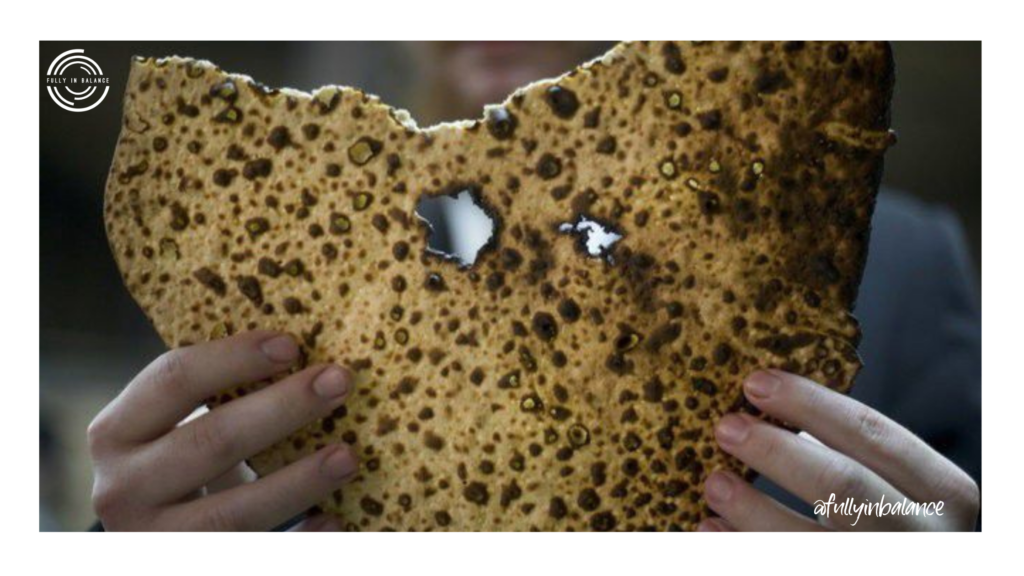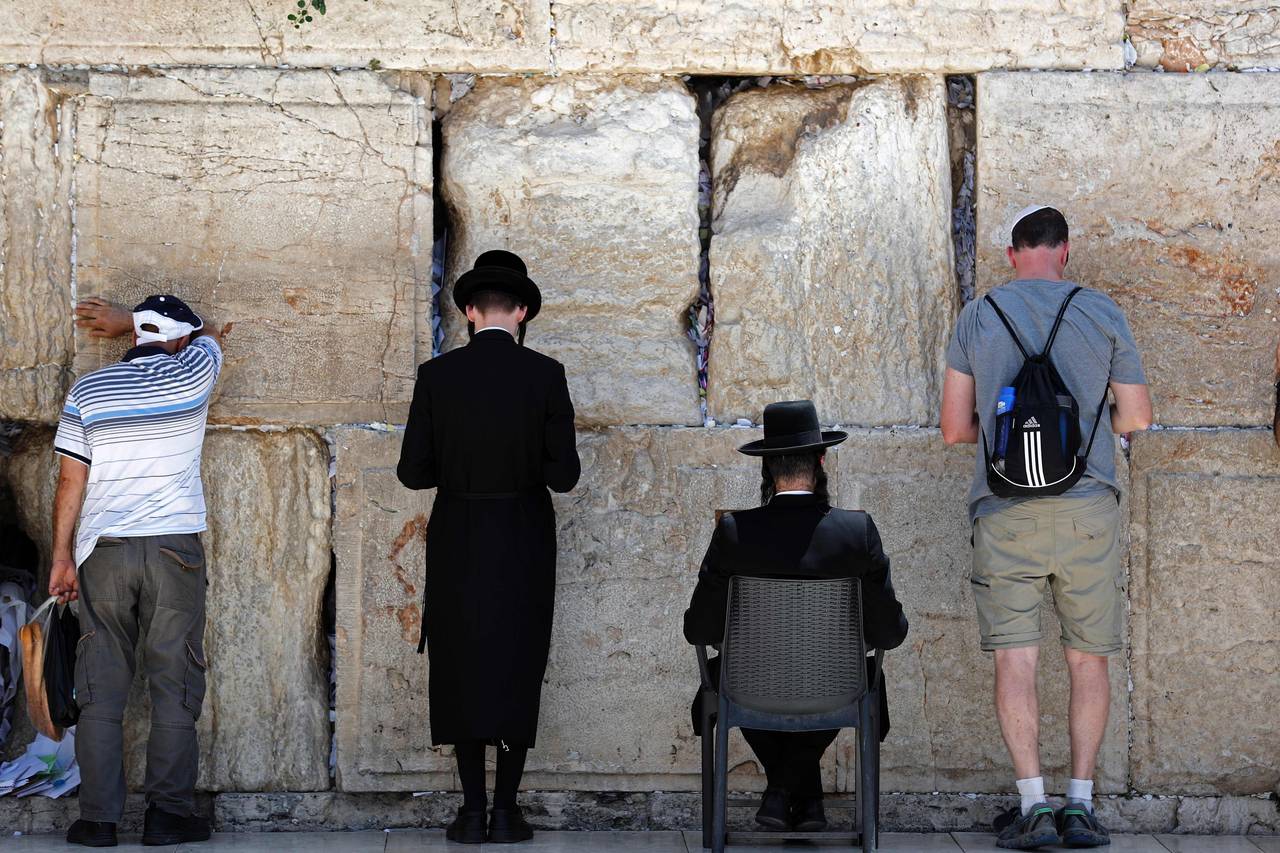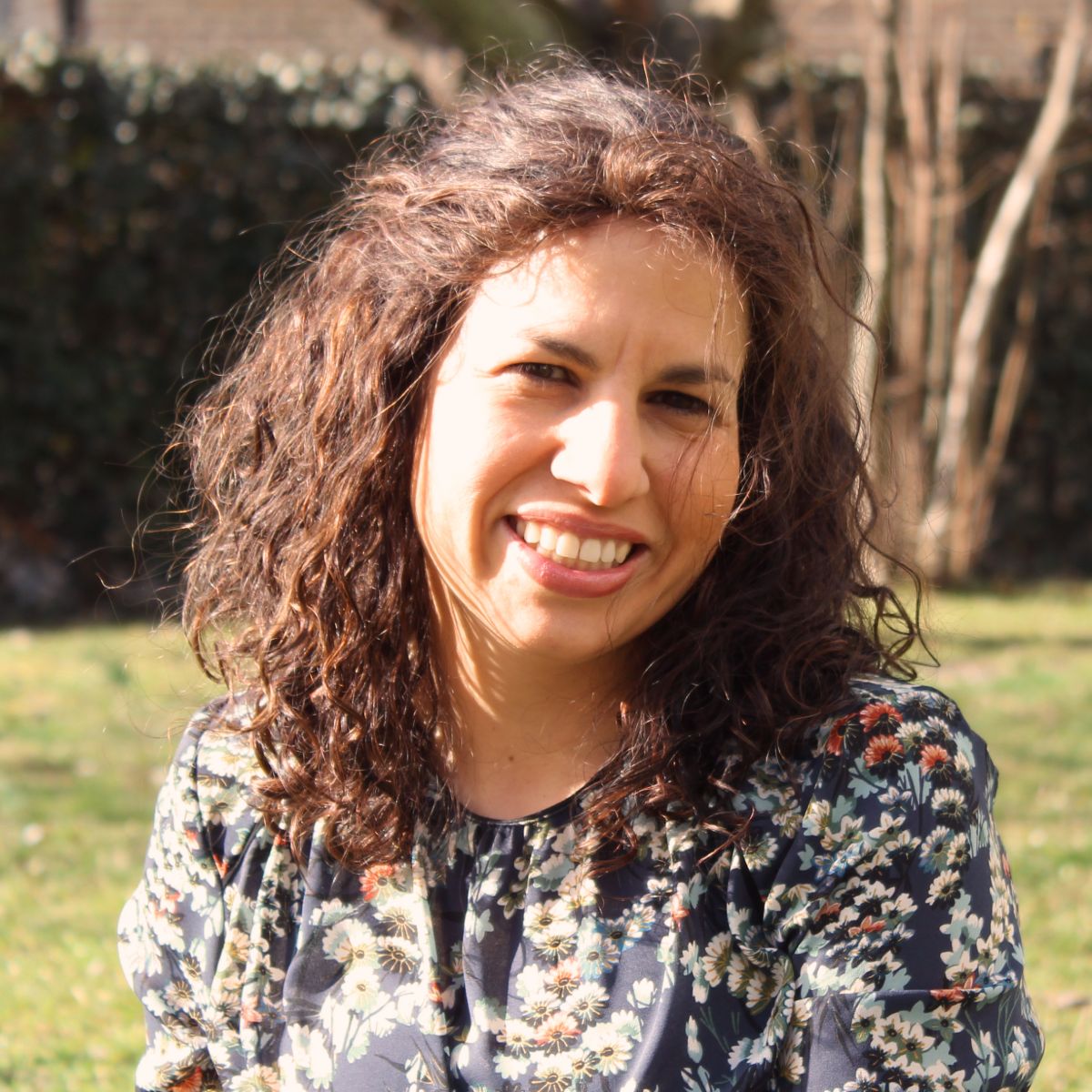MA NISHTANA – How are we all different?
My family ate kitniot, hence my beans job, but although we ate peas, beans and chickpeas, we didn’t eat rice or corn on Pesach. My brother in law, however, comes from an Egyptian family and they do eat rice – in fact it is one of their staple Pesach foods. Another of my brothers-in-law is Teimani (we really are a diverse multi-cultural family!) and they eat their matza like laffa, dipped in water to soften it first. Interesting how even among the Sefardi kitniot eaters, there are still differences. Because everyone in my community had the same minhagim, I actually never even knew of the concept of not eating kitniot until I went to in Israel.
Based on the approach that it is vital to keep ones energy for the most important things, it is perhaps better not to use up your energies with spring cleaning. No-one wants to come to Pesach without ko’ach for the Yom Tov itself!
And you must speak to an older Yerushalmi lady if you really want to get a guilt trip about how to clean for Pesach! Every single surface, horizontal and vertical, gets thoroughly scrubbed, and then washed down with bleach to ensure any remaining crumbs are totally obliterated. The surfaces are then covered with multiple layers of foil. The beds get scrubbed and the mattresses taken out to the porch for a thorough beating. Water is prepared before Yom Tov for the whole Pesach as no water from the taps is used for any cooking or eating purposes. And many Yerushalmim have the custom that if anything falls on the floor – whether it is a spoon, a towel or any food, it is not used for the rest of Pesach that year.
Gebrochts is another area where Jews have such different opinions. I never heard of the concept of ‘brokking’ until I got married.
Isn’t it interesting how, despite all the many differences of minhagim of Jews throughout the world? At the end of the day we are all really the same. We are all keeping the same Torah and celebrating the same event of being taken out of Egypt to receive the Torah.




